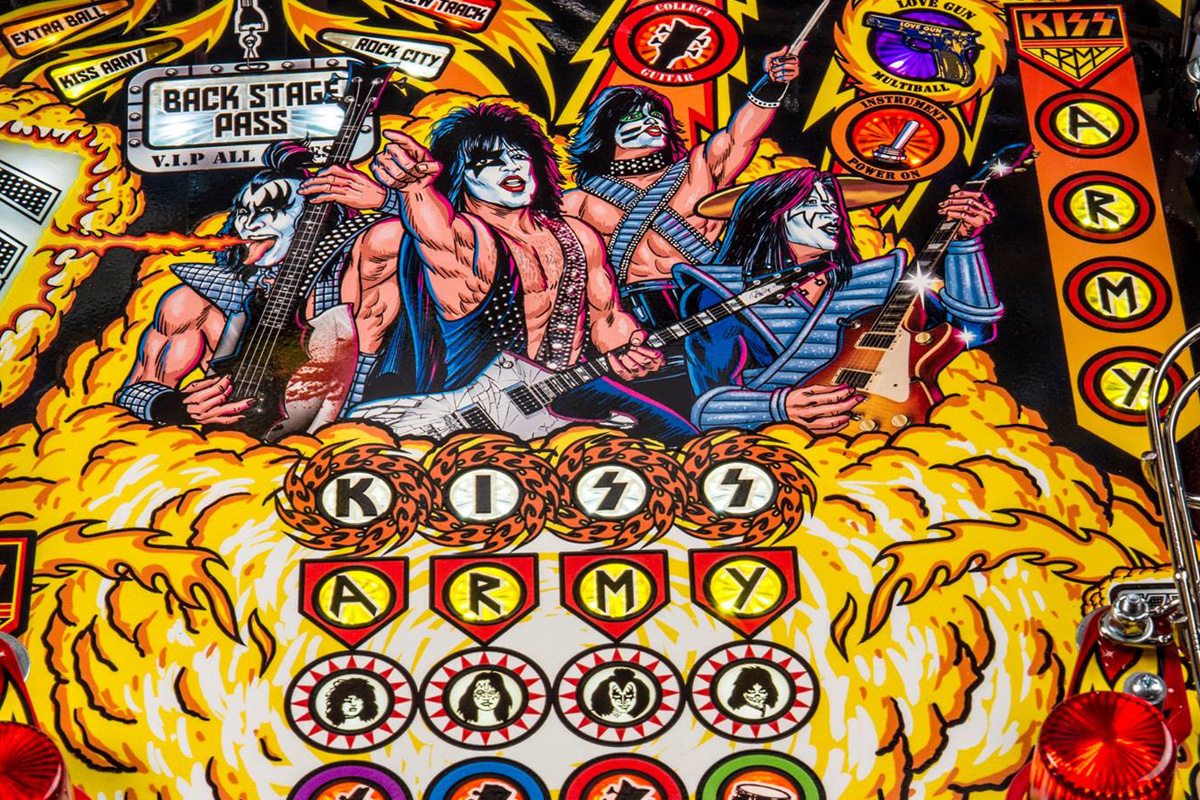
I’m not a pianist, but my mom is a very good player, and I taught myself many a song on the family piano when I was a kid. It’s so important to have musical instruments around for children. Pianos and keyboards are great, because there is no learning curve for playing your first note.
To play songs, however, requires some practice and experimentation. Start with the trial and error method, which encourages kids and newbies to learn songs by ear, and then make up your own songs and variations. Even if kids aren’t interested in piano lessons, or you can’t afford them, having musical instruments in the house is important for a well-rounded education. And making music fun, rather than a chore, is also key.
So I encourage everyone to have some amount of musical play in their lives, especially for children. Use pots and pans, spoons, tubs, and toy flutes, if need be. But digital keyboards are a great idea, too, if you can afford one, because there are so many instruments contained within, and kids can start making music from day one.

If you’re in the market for a musical keyboard, the Casio CTK-2400 digital keyboard is a fantastic option. You can get the stand-alone version, if you have a table or desk to set it on, or try a bundle, which includes a stand, headphones, and an AC adapter.
The first thing I have to say about using this keyboard, or any digital keyboard, is be patient. Take your time reading the instructions so that you can learn how to use all of the keyboard’s features. There are so many buttons, and they can be intimidating. But some practice and close reading of the instructions will be worth the time you spend.
This particular keyboard has some really fun features. It has 426 different tones and instrument sounds, a configurable metronome, and the ability to use reverb, pedals, and other options. But there are two points where this keyboard really shines.
First, you can sample your voice or other sounds, with long samples up to two seconds long, and/or up to five short samples of 0.4 seconds long each. Be careful not to overwrite your previously recorded samples by accident. Just follow the directions in the manual. Playing around with the sampling almost made me want to make one of those “how to create a hit pop song in 10 minutes” videos. Almost.
You can manipulate your sample sounds in several ways, including looping them and changing the pitch. The sampling instructions are detailed but confusing to a newbie like me, but playing around with the options teaches you everything you need to know, and sampling creates open ended opportunities for creativity. Kids will especially have fun hearing their sounds played back when they hit a key.
Second, this piano is designed to teach you how to play piano. You can learn how to play dozens of integrated songs, starting with “Twinkle, Twinkle, Little Star” and ending with “March” from The Nutcracker. Ninety songs. That will keep anyone busy for a while, and by the time you get done, you’ll be able to tackle other songs on your own.
There is a built-in, step-up learning flow that teaches the right hand part of the song, the left hand part, or both hand parts at once. You can learn it one phrase at a time, or the whole song. You can also slow down or speed up the playback to match your comfort level. In the end, you play the song and the piano will grade you, revealing whether you’re ready to move on to the next song. This is perfect for my daughter who is only semi-interested in learning piano. Of course, you can learn the songs in any order, but it’s a great sequence for those just learning.
The keyboard comes with a song book which has all of the sheet music for the songs, which should help students learn to follow along as they play. Additionally, you can just listen to the music if you like, but it all sounds a bit like Muzak—a bit digital-ish. Once you get the hang of playing the songs on your own, try out the keyboard’s auto-accompaniment options.
The display is a bit busy, but there is a lot of information there that will be much clearer after some practice. It shows what notes to play with what fingers, where the notes are on the staff, the metronome, what the current instrument settings are, and much more.
The keyboard includes a music stand, and I know from personal experience that an iPad, sans case, will also fit there. The keyboard runs on AC power or six AA batteries, and has an auto-shutoff after six minutes when on battery power, 30 minutes on AC power. This can also be disabled. Of course there are also USB and headphone ports (great for when the keyboard is in the main living area) and MIDI capability, and you can hook up the keyboard to your computer and work your musical magic there as well.
The Casio CTK-2400 keyboard retails for $169.99 and is perfect for an entry level budding musician who wants to play around with a lot of sounds and learn to play piano as well. It will carry them far down the path of music education and fun. Look for the bundled version that comes with useful accessories. A full list of specs can be found at the Casio website.
I received a keyboard for the purposes of this review.



